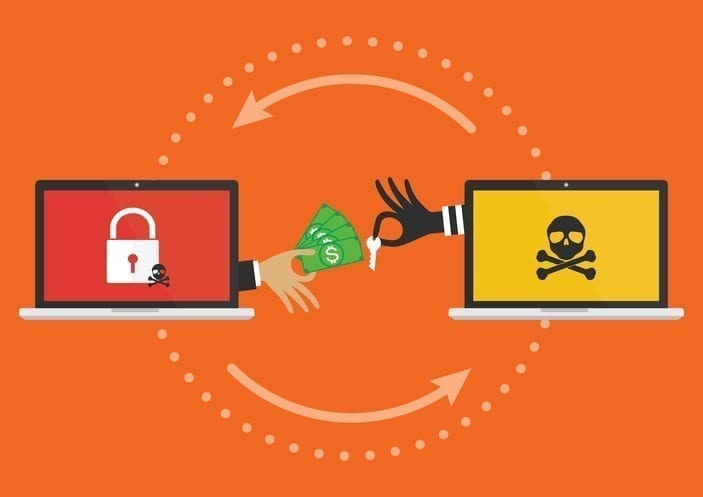KeyPass ransomware is a global cyberattack that has been gaining more and more traction over the few months. Understand how to identify and prevent this Trojan-style attack to keep your files from becoming permanently inaccessible.
What is KeyPass Ransomware?
KeyPass is a form of ransomware, which means it encrypts your files, and essentially holds them hostage. The hackers demand a $300 payment within 72 hours of encryption to return your files, or else they’ll be locked forever. However, security experts highly recommend that you don’t pay the ransom for a variety of reasons.
Like most other forms of ransomware, KeyPass is mainly transmitted via infected downloads (like email attachments) and website links.
Is it Possible to Remove KeyPass?
Technically, it’s possible to remove KeyPass ransomware and decrypt your files. There are free kits available on the internet that will guide you through the removal and decryption process.
NOTE: ransomware decryptors don’t always work, so you can’t necessarily rely on them. We can’t advise that you try them, as some of them may be malware-laced as well.
Rather than risk your files getting locked and lost forever, actively preventing KeyPass ransomware is the best way to avoid it.
.jpg)
3 Ways to Combat KeyPass
Email Security
Since email is a top medium for KeyPass to spread, you should consider investing in threat scanning software. It analyzes each incoming email for malware, and prevents dangerous ones from ever reaching your inbox.
Additionally, educate yourself and your employees on what fake, spoof emails look like. Threat scanning software can’t catch every harmful email, so look out for warning signs in unsolicited messages, such as:
- Account verification emails you didn’t request
- Large number of misspellings and grammatical errors
- Requests for you to respond with passwords
Update All Software
As annoying as those popups that request you update your software are, they serve an important purpose. Many times, updates for your operating system and other programs contain security patches that address recent strains of malware.
File Backup
In the event that you do fall victim to KeyPass ransomware, having backup versions of your files is a lifesaver. Rather than going through the painstaking, potentially futile process of trying to decrypt your files, you can simply reload the backup versions.
KeyPass has already spread to 20 different countries across the world. Don’t think you’re not a target
{{cta(‘21368358-003c-4f37-b530-9631af96b096’)}}





